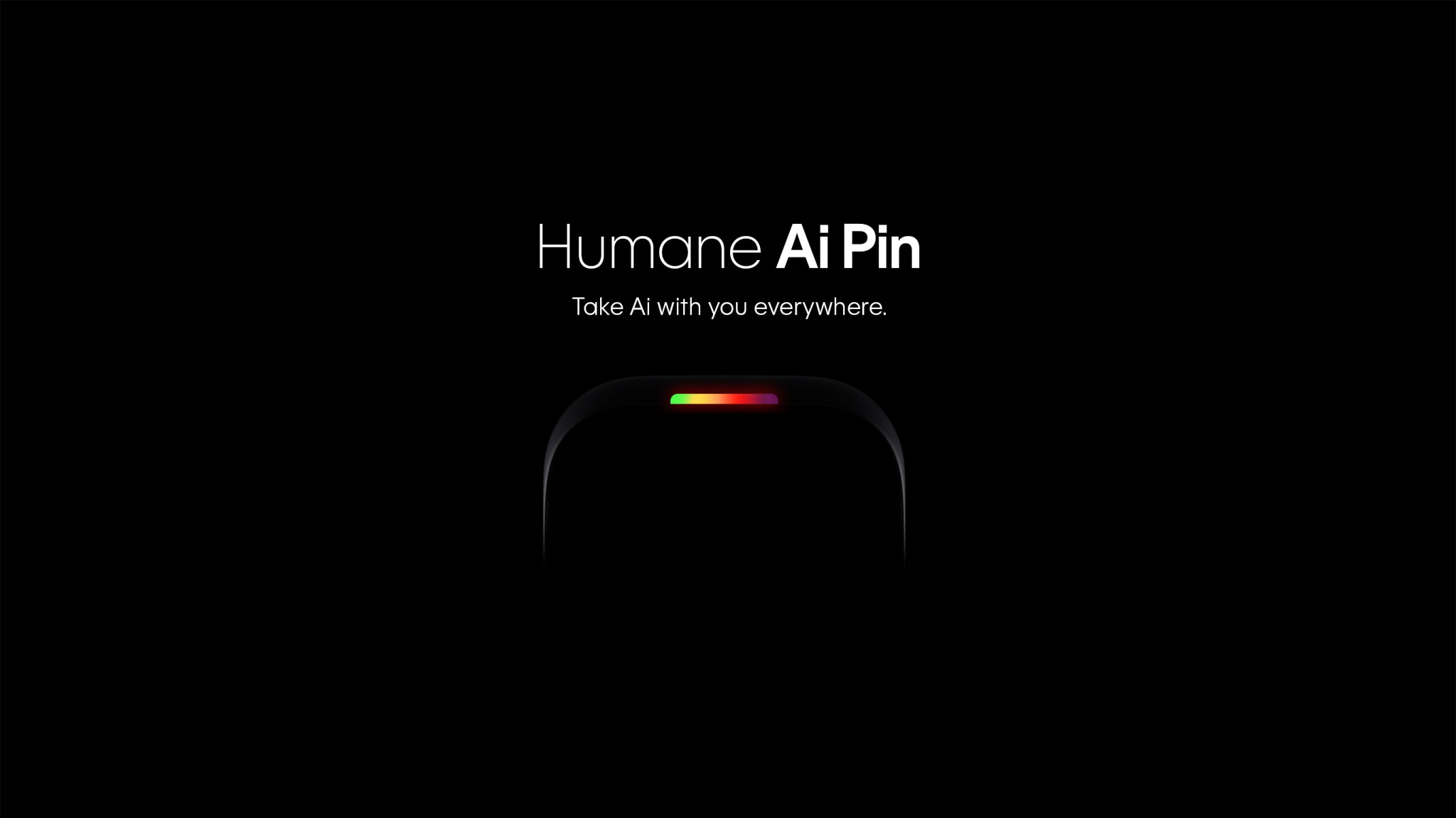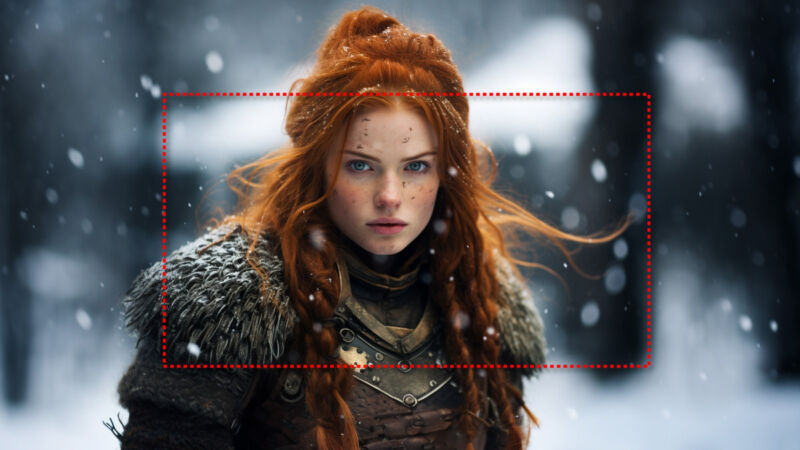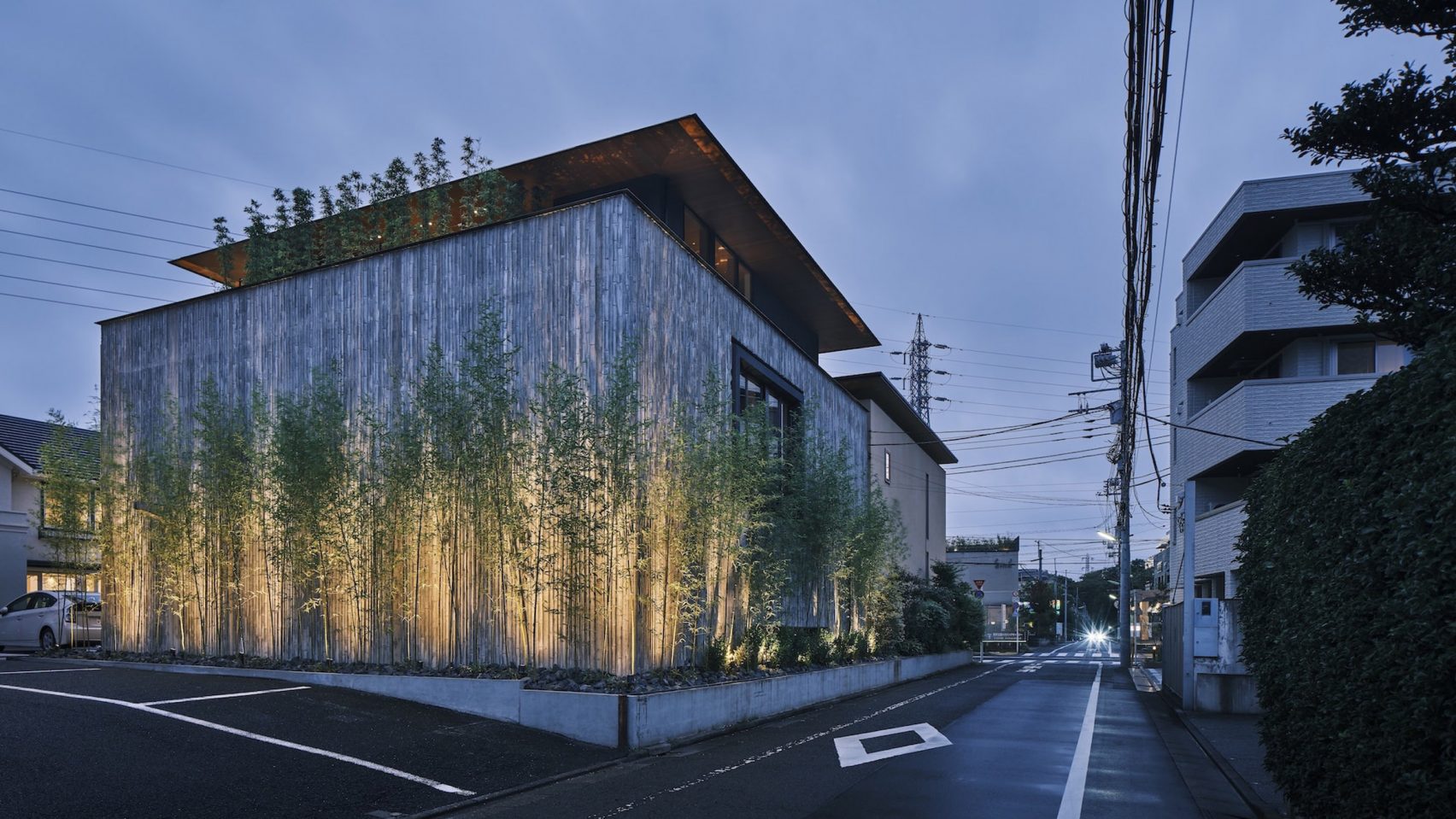David Moreno’s Anthropomorphic Foundations Support Cascading Villages — from thisiscolossal.com by David Moreno and Kate Mothes
In India, an Undulating Biophilic Farmhouse Wraps Around a Small Mango Grove — from thisiscolossal.com by Grace Ebert
Dive Into Marine Drama Around the World with This Year’s Ocean Photographer of the Year Finalists — from thisiscolossal.com by Kate Mothes & others
MODA ramps rooftop garden along Calgary multifamily housing — from dezeen.com by Kate Mazade
Beth Cavener Molds Thousands of Pounds of Clay into Provocative Animals that Grapple with Trust — — from thisiscolossal.com by Kate Mothes & Beth Cavener
For 700 years of history, the tallest building on Earth was a church.
But do you ever wonder how medieval society built them — with no power tools or modern machines?
The answer may surprise you… (thread) ? pic.twitter.com/IgCQ65hdKX
— Culture Critic (@Culture_Crit) August 22, 2024
From DSC:
I thought this was very creative! Nice work.
A Curtain-Like Facade Wraps a Seoul Textile Maker in Billowing Brick — from thisiscolossal.com by Kate Mothes and German architecture firm behet bondzio lin architekten
A South Korea fashion brand and textile manufacturer’s headquarters in Seoul gets a stunning new look thanks to German architecture firm behet bondzio lin architekten. Located in Seongsu-dong, a neighborhood historically known for its red brick factory buildings, the new multistory structure defies the material’s traditionally angular application by incorporating an undulating, drapery-like facade.
The architects conceived of a design inspired both by the flow and flexibility of textiles and the consistent rhythm of ocean waves.
.
Snøhetta breaks ground on Charlotte library with “translucent prow” — from dezeen.com by Ellen Eberhardt
Mystery Abounds in Lee Madgwick’s Uncanny Paintings of Derelict Buildings — from thisiscolossal.com Grace Ebert and Lee Madgwick
Also for another creative/fun item, see:
Photos of Everyday Activities Reveal the Humor of Perspective and Serendipitous Alignments — from thisiscolossal.com by Grace Ebert and Anthimos Ntagkas
Presenting to the Association of University Architects — from darcynorman.net by D’Arcy Norman, PhD
Excerpt:
Recently, I had the absolute pleasure to be invited to co-present at the 67th Annual Association of University Architects Conference, conveniently hosted this year in Calgary, and even more conveniently having one day’s sessions housed within the Taylor Institute for Teaching and Learning. Our Vice Provost Teaching and Learning, Dr. Leslie Reid, was invited to share her experience in leading the Taylor Institute, and she brought in Dr. Natasha Kenny and myself to round out the session.
In planning for the session, we decided early on that we didn’t want to do A Presentation™. There would not be slides and slides of text, and no bullet points. We wanted to tell stories, and to learn from the ~100 expert university architects from across North America about how they approach the challenges we’ve faced in the last few years.
We broke the storytelling portion of the session into 3 parts:
- Universality: Building for all or building for some (Leslie)
- Planning: Tension between form and function (Natasha)
- Flexibility: How to be flexible about flexibility (D’Arcy)
VR system to be used to prepare crime victims for court — from inavateonthenet.net
Excerpt:
An innovative VR system is being used to help victims of crime prepare for giving evidence in court, allowing victims to engage with key members of the judicial process virtually.
The system, designed by Immersonal, is to be rolled out across 52 Scottish courts over the next year, with the technology also being piloted in the Hague as part of the International Criminal Court. The aim is to dissuade the fears and discomfort of victims and witnesses who may be unfamiliar with the court process.
.
.
.
Here’s another interesting item for you…one that also may eventually be XR-related:
.
Cubo Design Architects celebrates traditional Japanese craft in Tokyo home — from dezeen.com by Jon Astbury
High drama, visual spectacle, and versatility combine at Cava Arcari by David Chipperfield Architects — from ignant.com by Devid Gualandris
Future of Design – 3D Dragon on Building Example
via @Billboards3D #innovation #3D #tech #technology #iot #architecture #digital #art #mixedreality #mr #ar #dl #AugmentedReality #design #digitalart #5G #ai #digitalmarketing #ml #Creative #creativity #CES pic.twitter.com/gve0pxqQKF
— Fred Steube (@steube) January 11, 2023




























